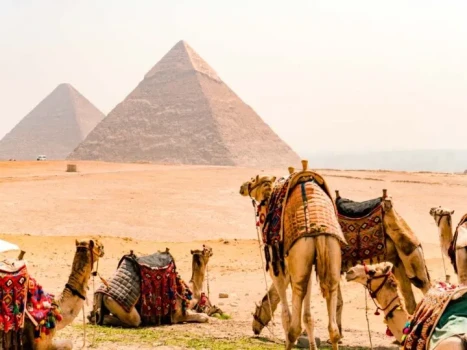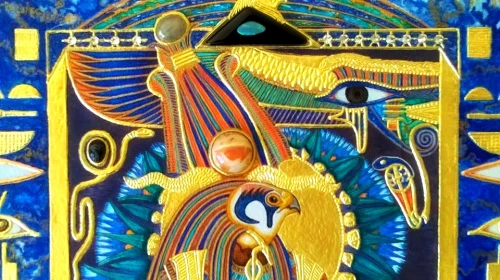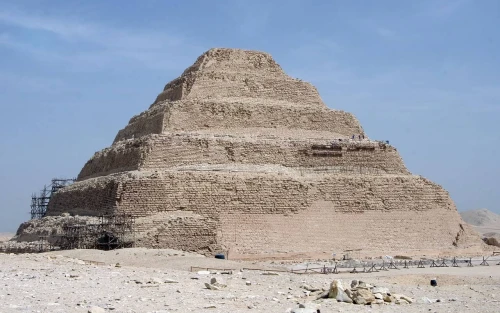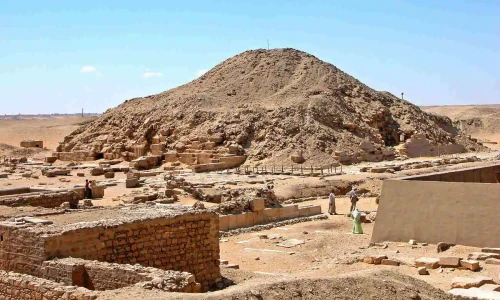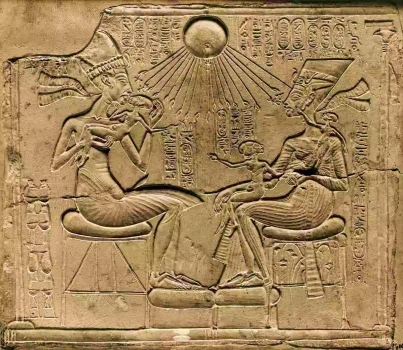
Calendar for Cairo Ancient Egyptians created a mystical calendar to predict whether a given day would be a good or bad time to start a certain activity. A scrolled papyrus with the caption "An Introduction to the beginnings of Everlastingness and the end of Eternity" was purchased by the Egyptian Museum in Cairo in 1943. It contained prognostications for each day of the year and was written in hieratic, a cursive writing style that was frequently utilised in place of hieroglyphs. The PAPYRUS was composed of three separate books, each of which dealt with a different day of the year. Unfortunately, the first and third books could not be translated since they were so badly damaged. The Cairo Calendar was a portion of the second book that was nearly finished.Three portions made up each day of the year. The translation by Bob Brier is taken from Ancient Egyptian Magic (1980).
1- The first part of the poem describes the auspice or forecast for the day; it may be "favourable," "mostly favourable," "extremely favourable," "adverse," "mostly adverse," or "very adverse." As it turned out, only a few days were predicted to be either good or awful, and the majority of days in the Cairo Calendar were either "extremely favourable" or "very unfavourable."
2- The events in the gods' lives were used to decide "very nice" and "terrible" days in the portion that followed. For instance, it was foreseen that the anniversary of the fight in which Horus lost his eye to Set would be a horrible day.
3- Section three provided guidance on how to react to the forecast based on another occasion in the gods' pasts. The reader is instructed not to leave the house on the anniversary of the fight where Horus accidentally loses an eye.
For all its fascinating mythological allusions, the Cairo calendar must be completely comprehended. Numerous minor gods that are not well-known now but were probably known to the ancient Egyptians are mentioned in the calendar. There are multiple connected mythological themes, and it is occasionally necessary to complete the mythological references.
 English
English
 Spain
Spain

